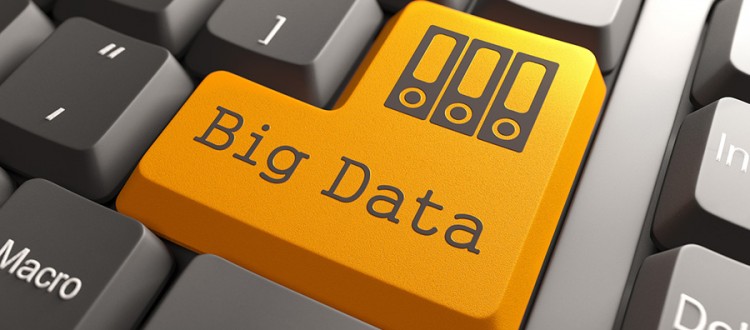Machine Learning and the Future of Advertising
Machine learning, which is also sometimes called artificial intelligence, sounds like the stuff of science fiction. Computers that are able to think and talk like humans, and perhaps even scarier, work like humans, have dominated stories like 2001 A Space Odyssey and novels by fictional geniuses like Heinlein and Asimov. Machines in real life can now play games, create art and music, drive unmanned cars, and even diagnose medical conditions. But what does machine learning (or ML) have to do with the world of advertising?
How Machine Learning Works

Using the data and algorithms provided by humans, machines can “learn” how data correlates to activities, such as what Internet searches are most likely to lead to sales conversions.
Before you can visualize how machines help advertisers and marketers, it’s important to understand how ML works. Machines are actually very stupid. Since they cannot think, they are 100% dependent on humans to tell them what to process. However, machines are extraordinarily better, faster, and more efficient at processing information than humans. So, humans and machines have a little arrangement: we provide them with data and algorithms, and they deliver the analytical results. Machines are far better at recognizing patterns and determining correlations than people are. That’s because machines can look at all of the data at once, whereas even the smartest humans can only consider a very limited number of variables at one time.
The algorithms aren’t one-size-fits-all, however. In other words, you have to develop different algorithms for specific tasks. Additionally, you have to supply the data to the computer. However, once the computer has the data and the right algorithm, it can “learn” extraordinarily quickly.
What Uses Advertisers Can Get Out of Machine Learning
No industry has learned to leverage the power of big data more quickly or fully than marketers and advertisers. These professionals were collecting and analyzing data before any other industry even started buzzing about ‘big data’. Hence, when ML began to become reality, advertisers didn’t have to scrounge around for the data they needed to feed the machines for analysis. Advertisers have lots of data on consumers and consumer behavior. What they do not have is the analytical capability to make sense of it all and find hidden patterns within that data. For example:
• What does a customer’s device say about how much they are willing to spend on Christmas gifts?
• What does a customer’s search history say about what ads are likely to cause them to convert?
• What time of day is shopper A most likely to click a link?
• What do the customer’s Facebook likes say about the ad messages they are most likely to respond to?
Machines can find these patterns in the data and deliver those results to advertisers in real time. The advertisers can thenact on the information immediately, or more commonly, have programs ready to respond to the information by delivering the right ad to the right customer at the right time.
Advertisers are then spending less money to reach more customers. The long-term customer values can be higher, too, because advertisers can use other algorithms to find and target look-alike customers.
Machine Learning Benefits the Customer, Too

Shoppers get a more relevant, timely, meaningful experience with the ads they see, which means they benefit as much as the advertisers do.
When done right, ML in advertising means that customers no longer see ads that are irrelevant to their interests and needs. Furthermore, advertisers can use the ML to help customers find what they need and want, even before they know to look for it. In this sense, ML in advertising is as advantageous to the consumer as it is to the advertisers.


